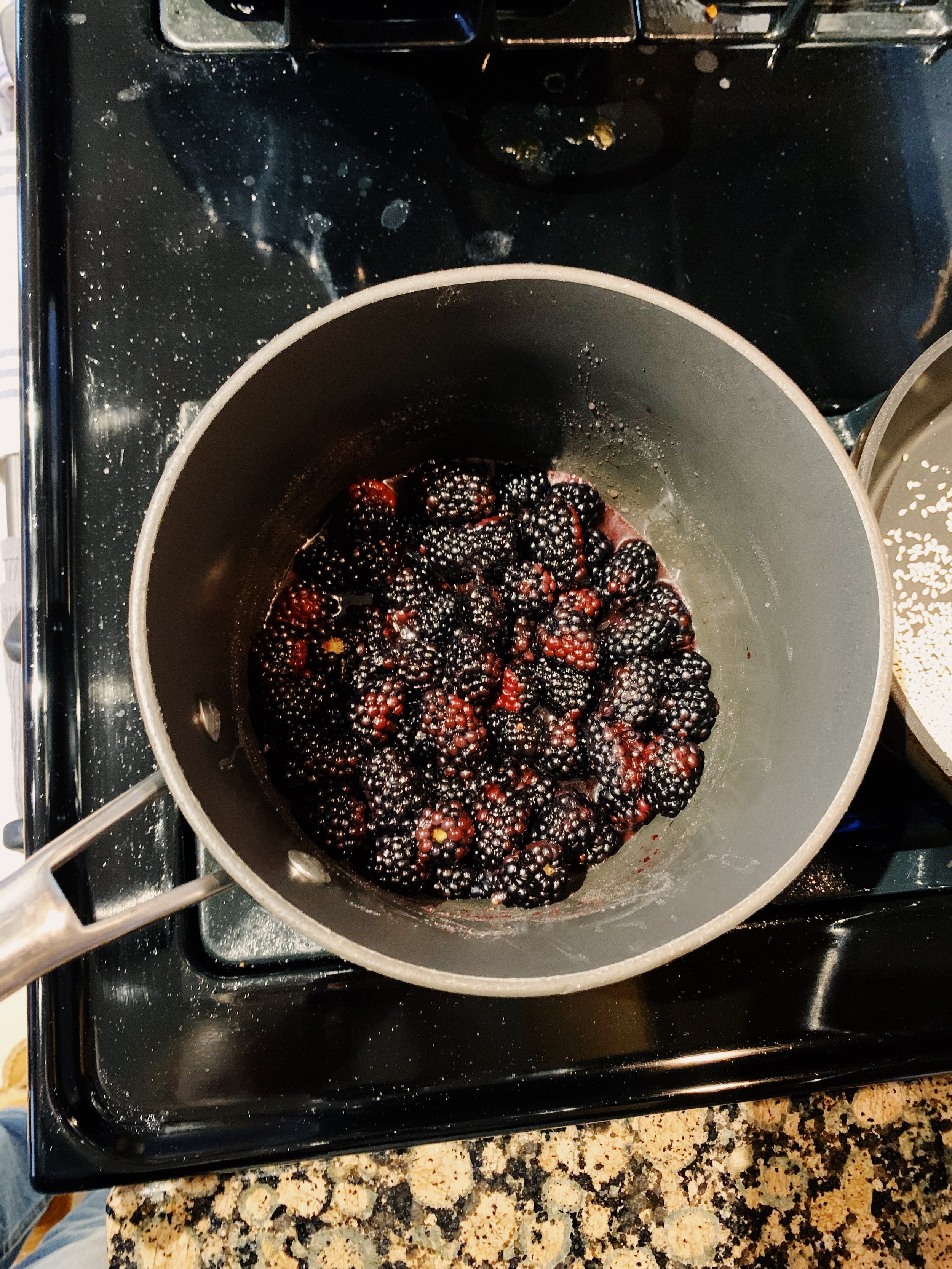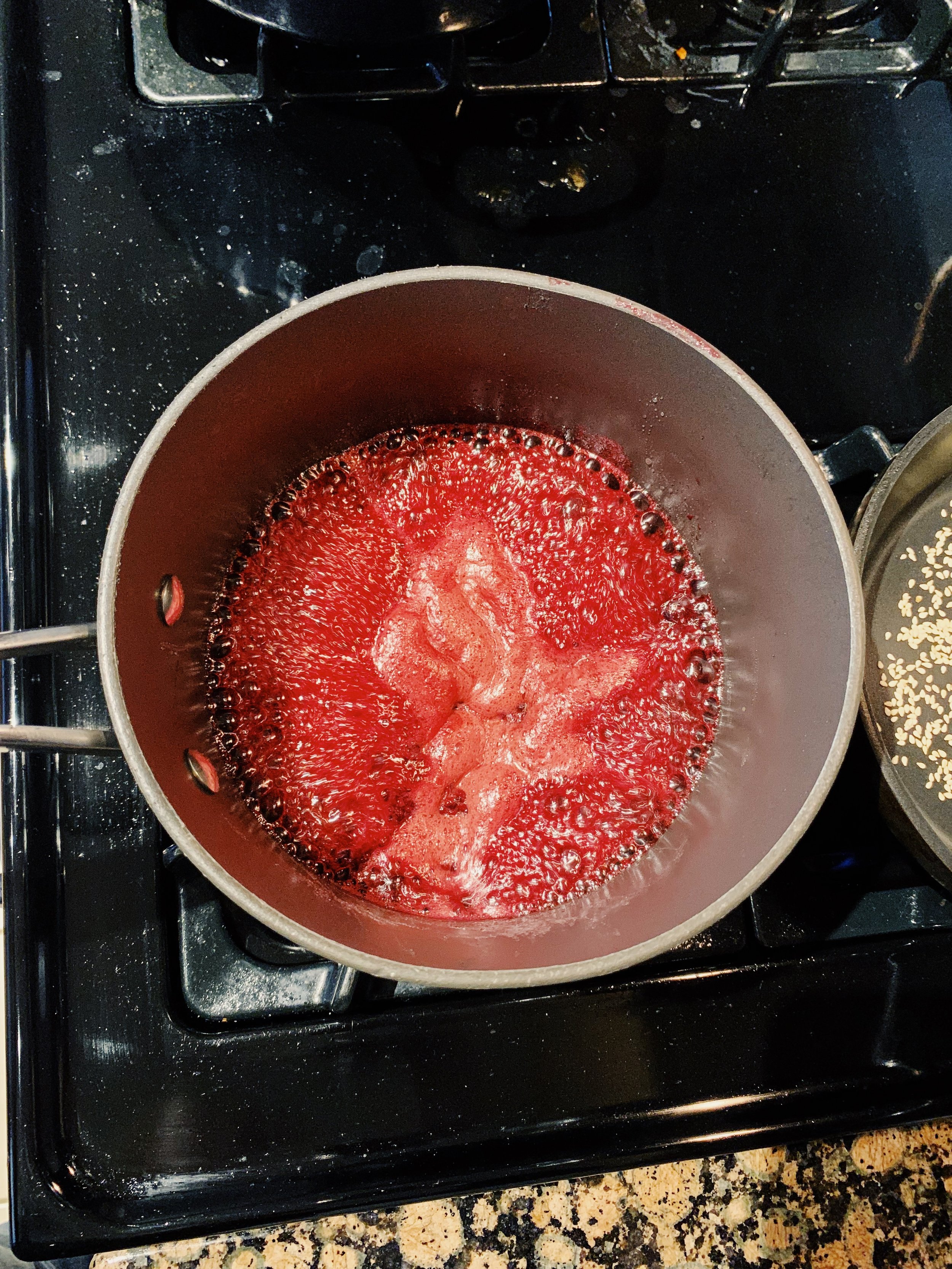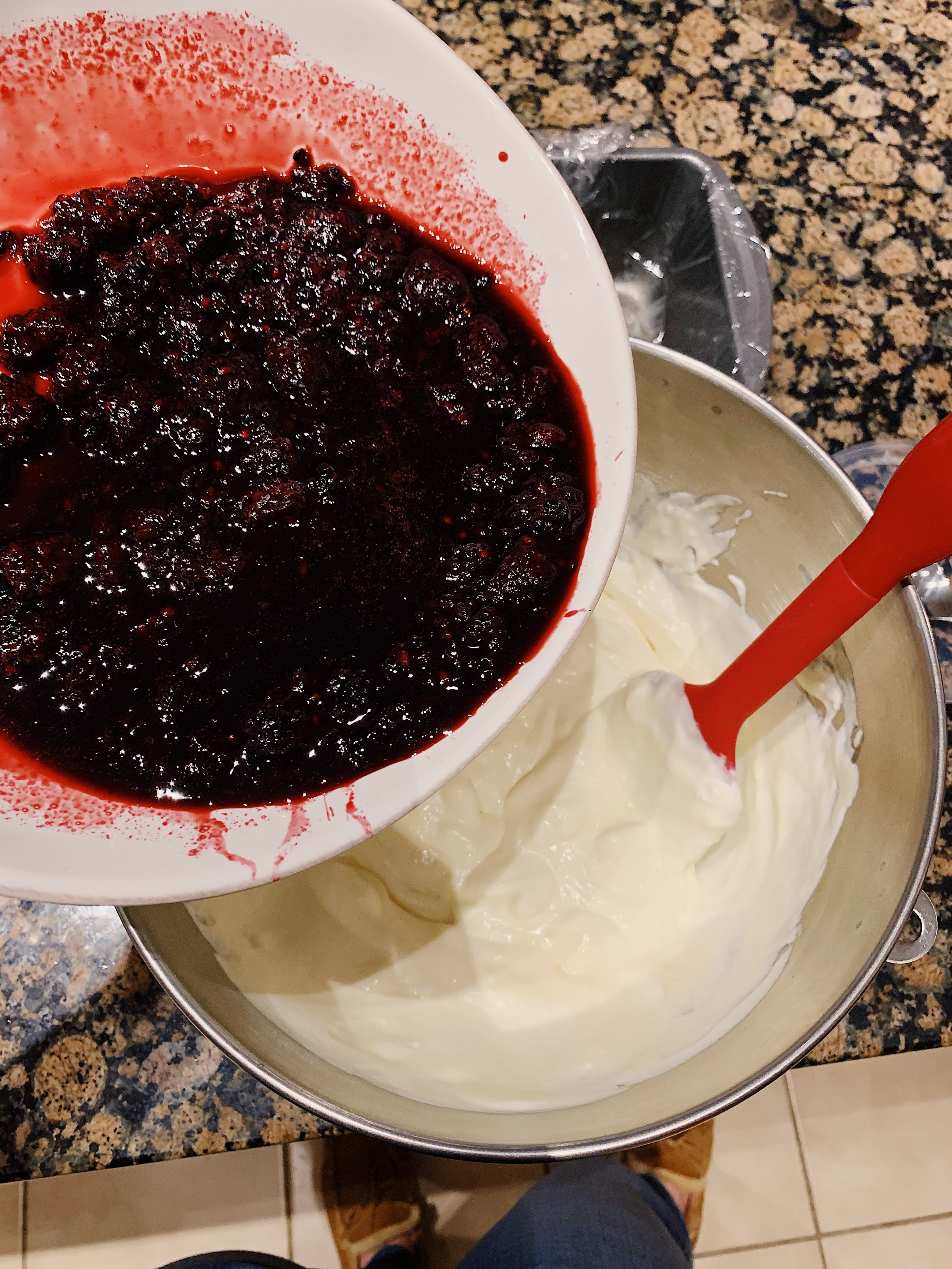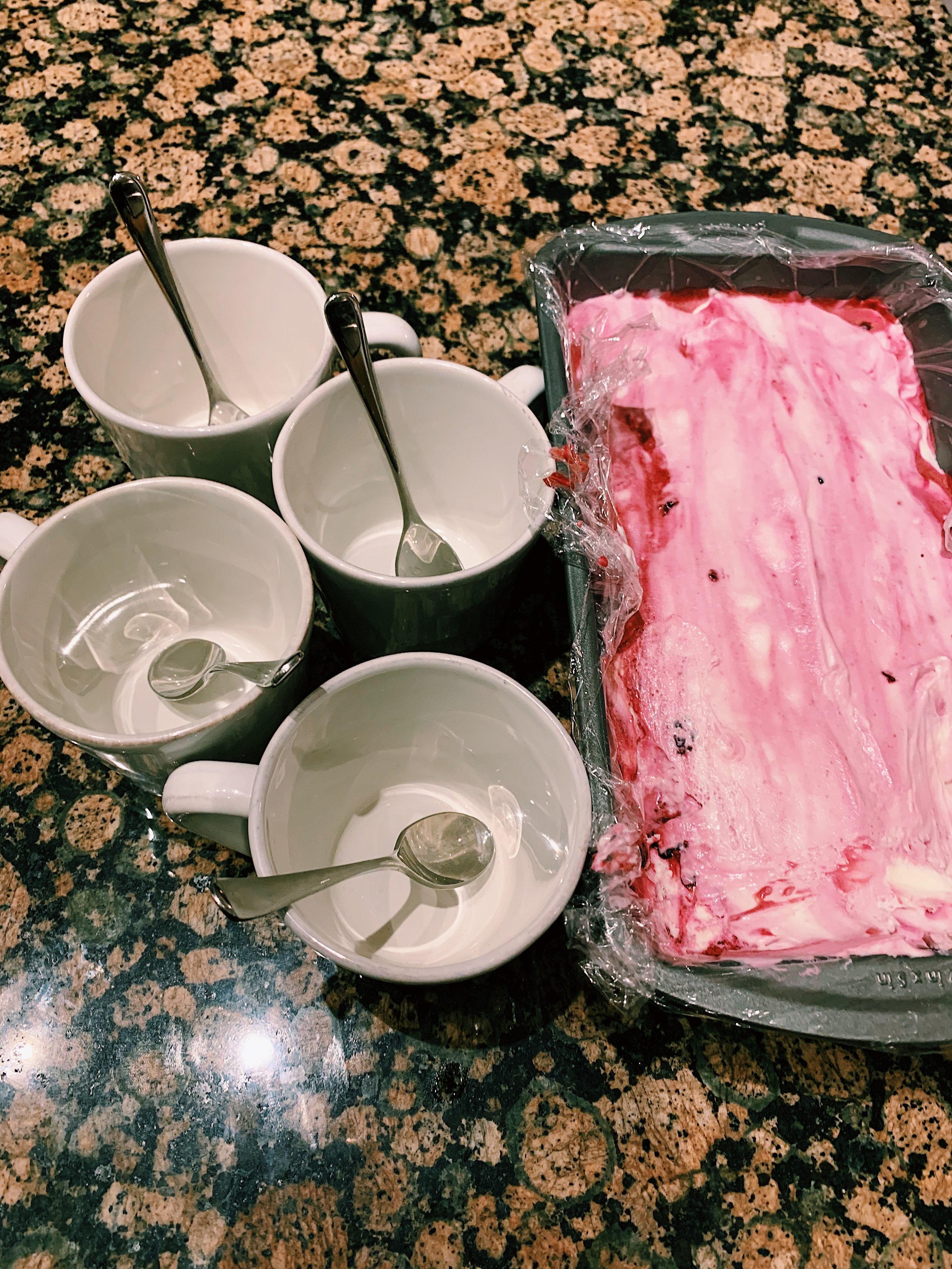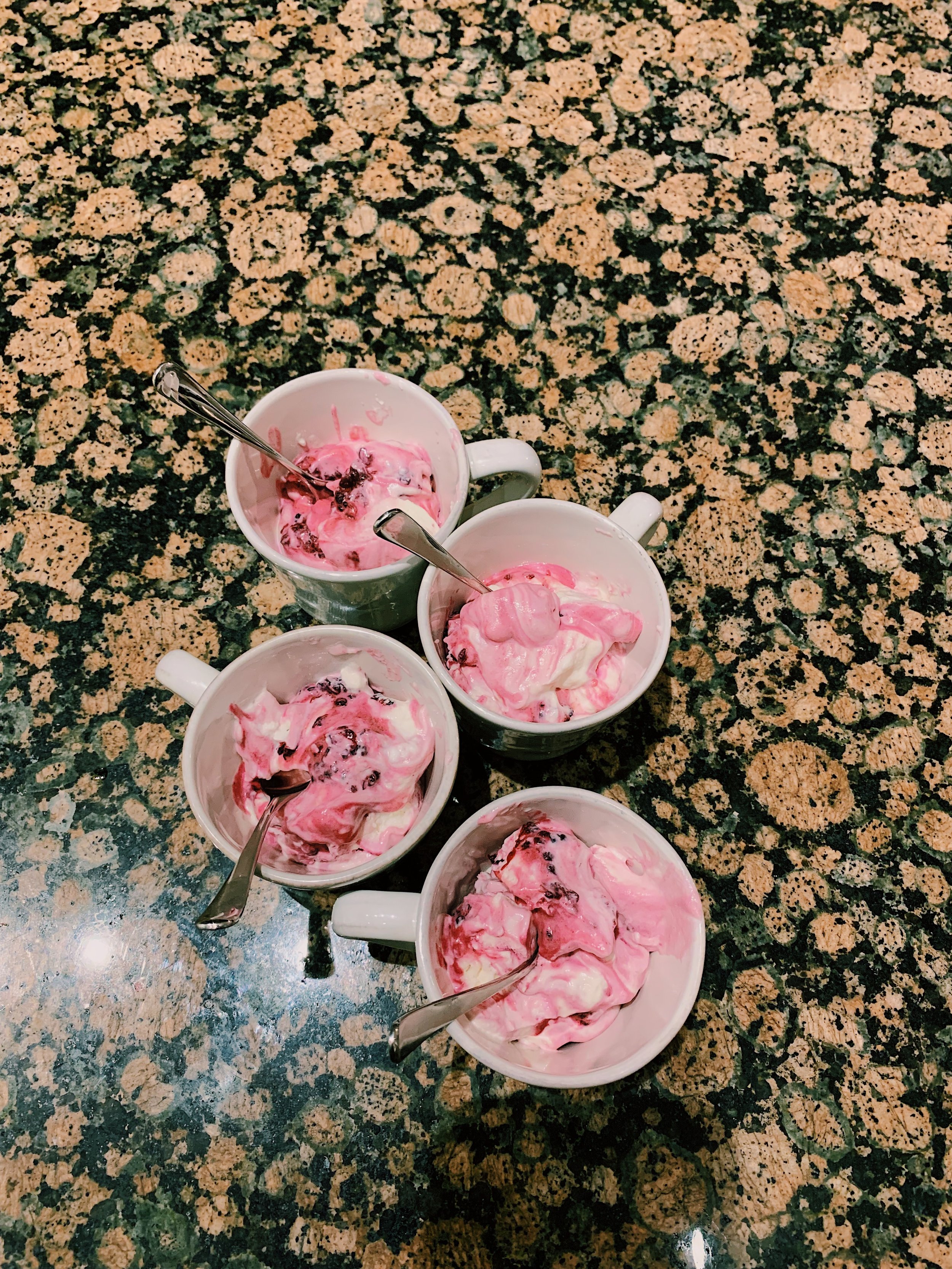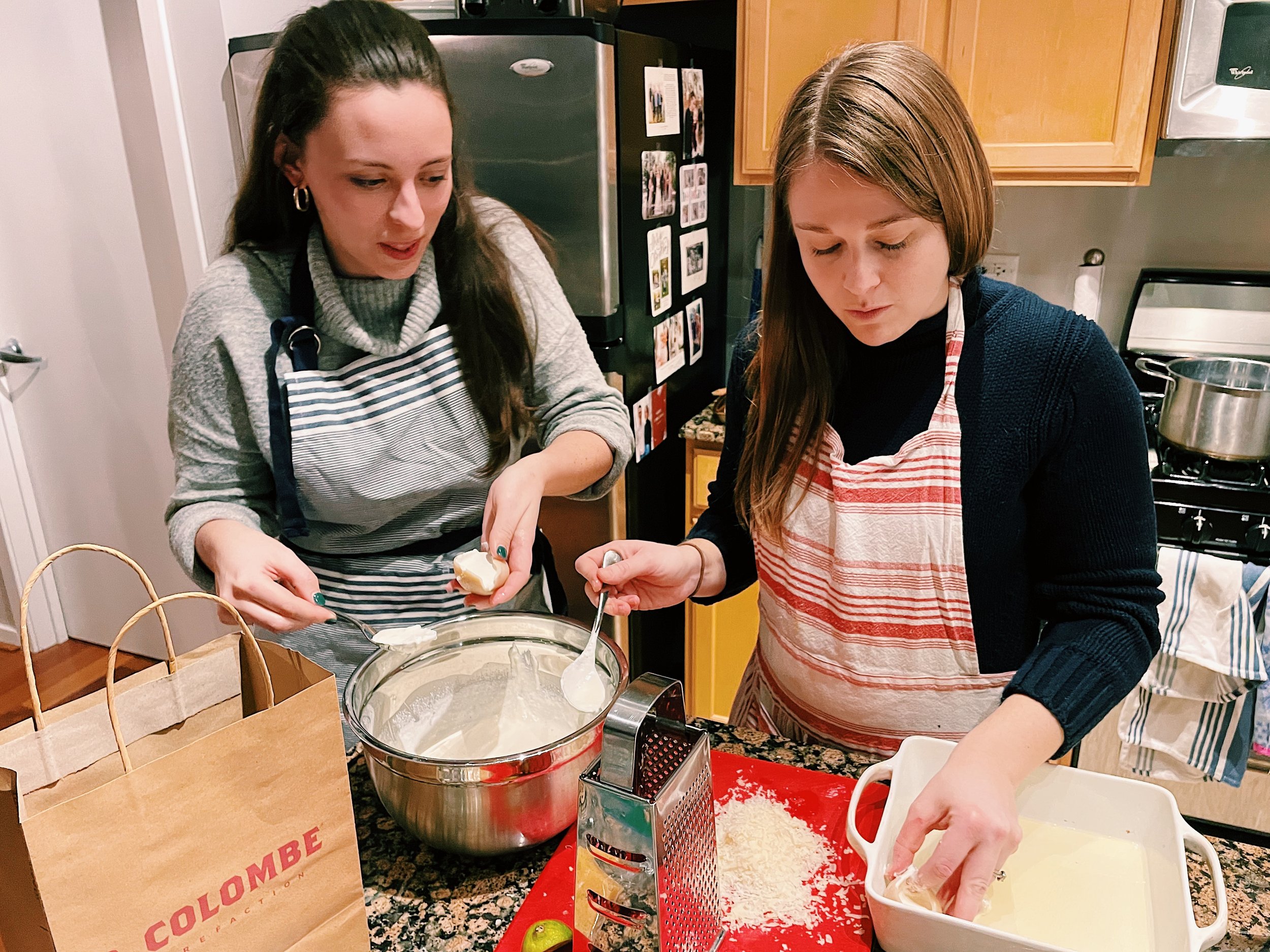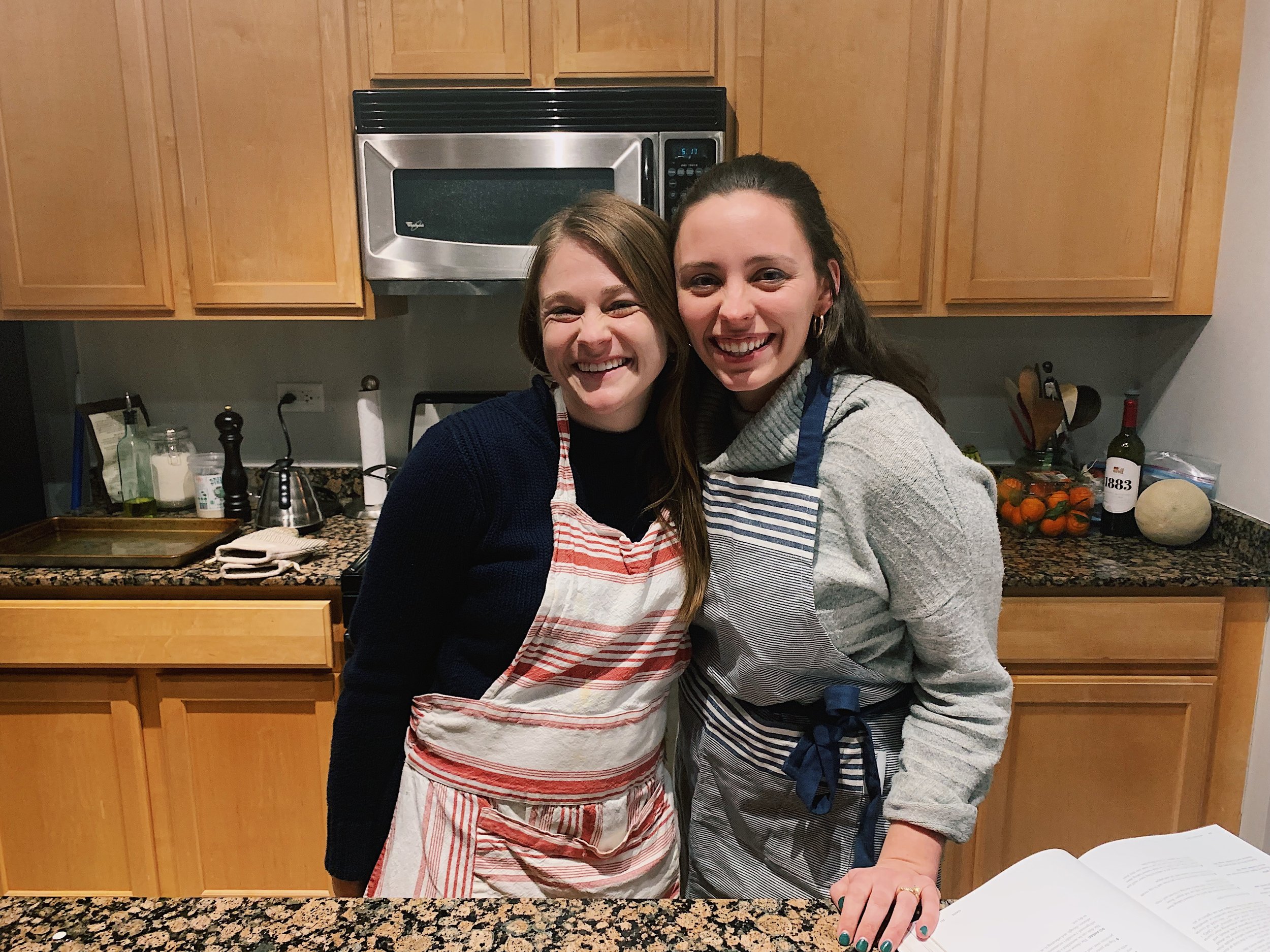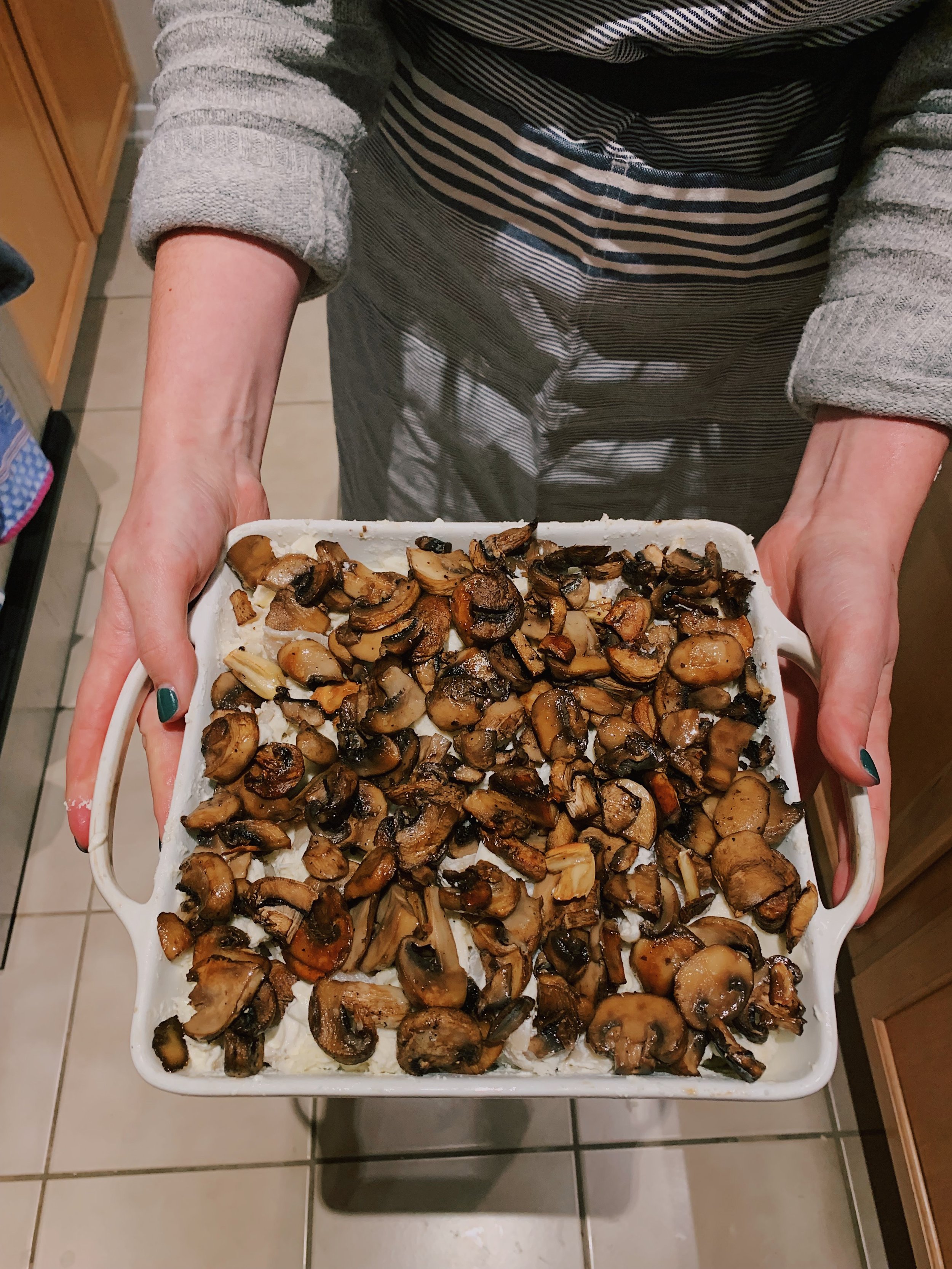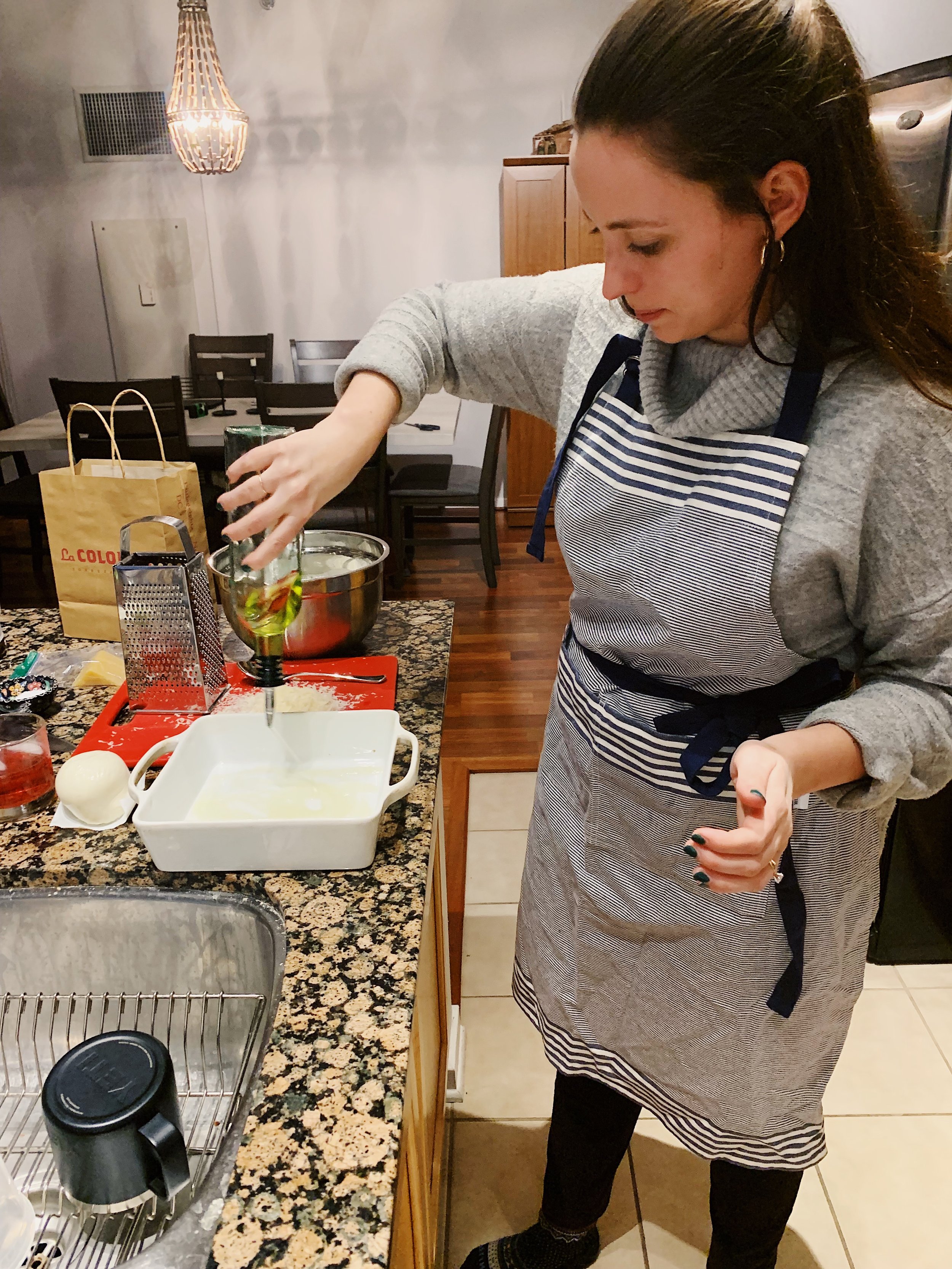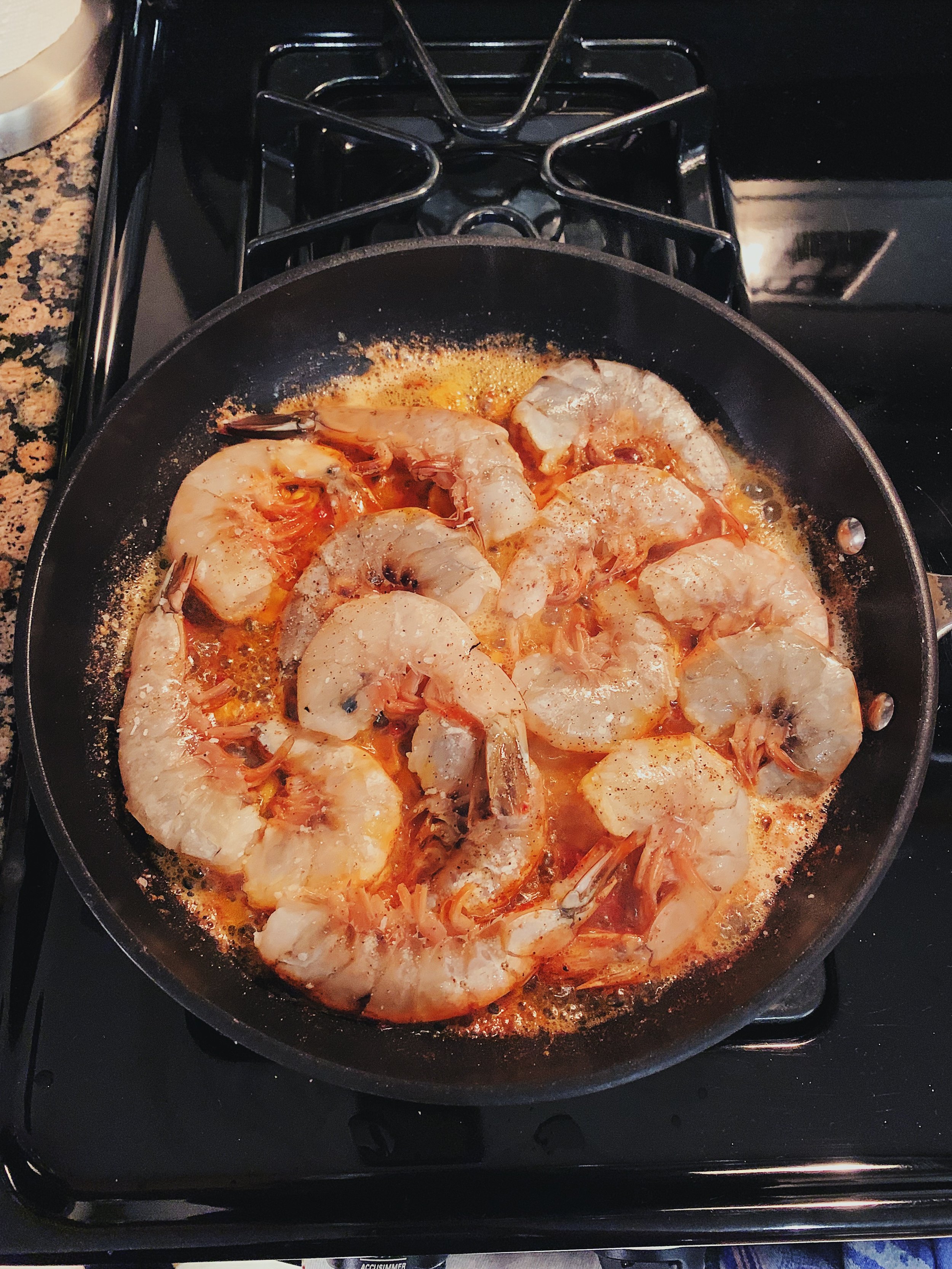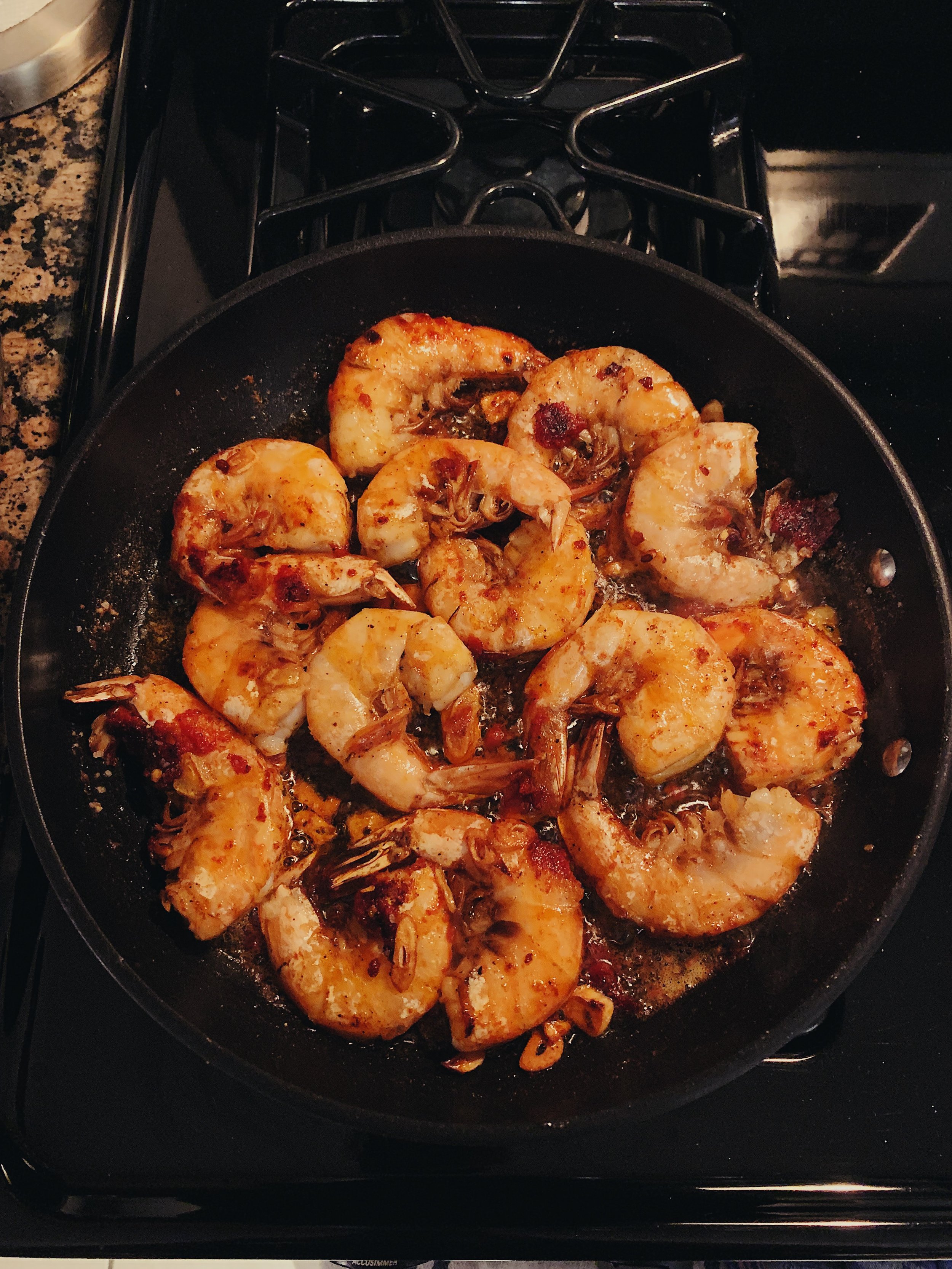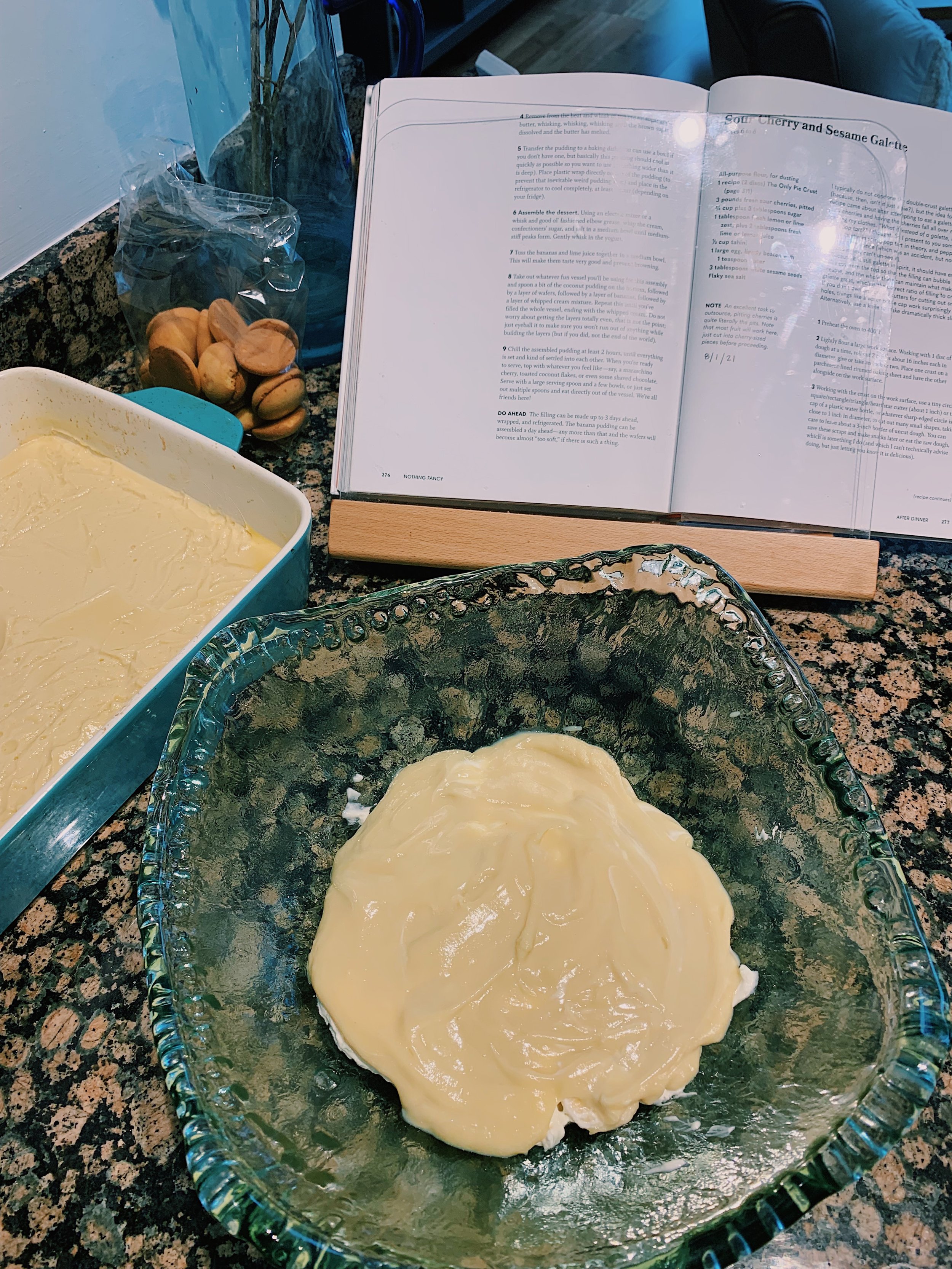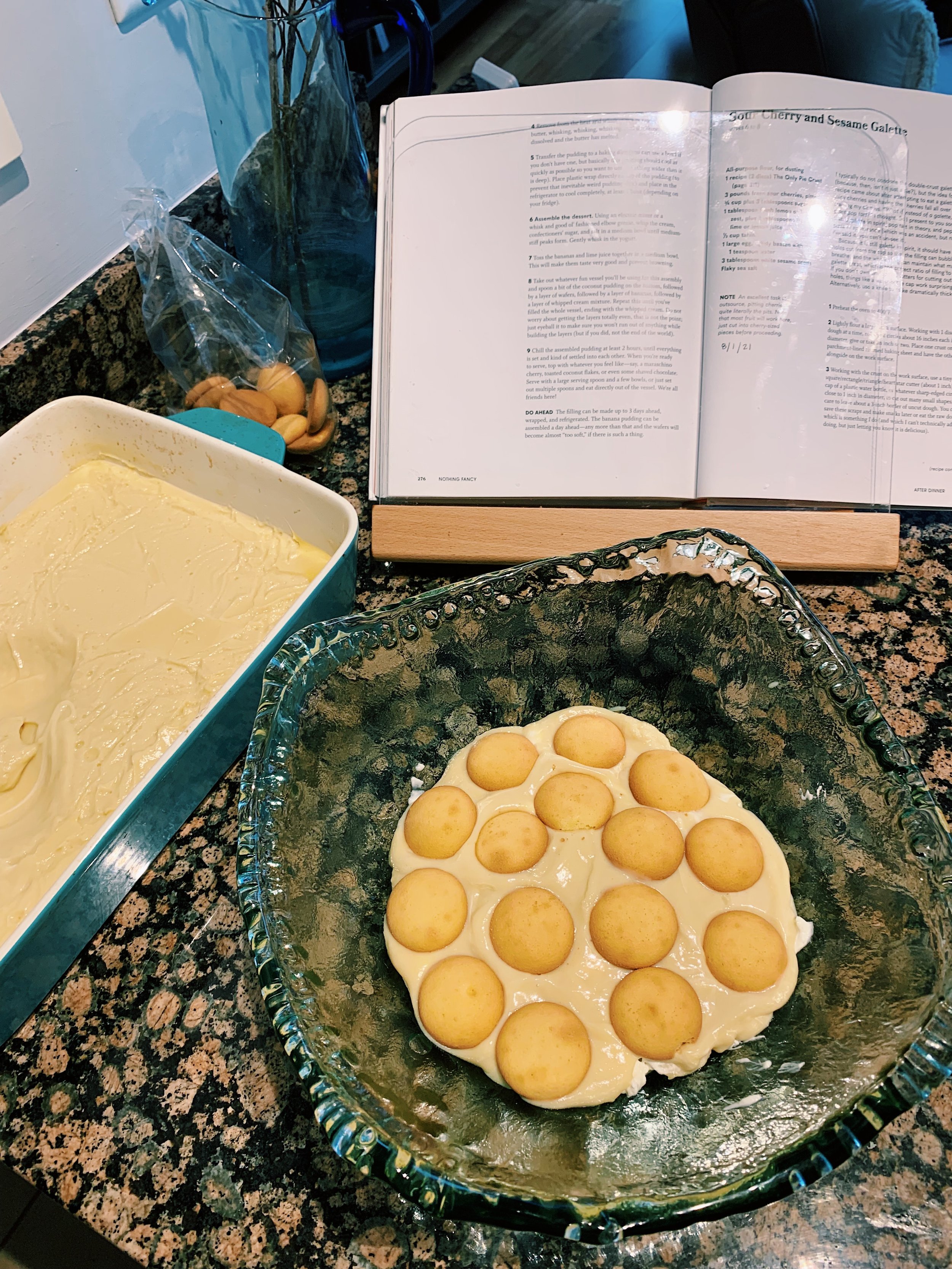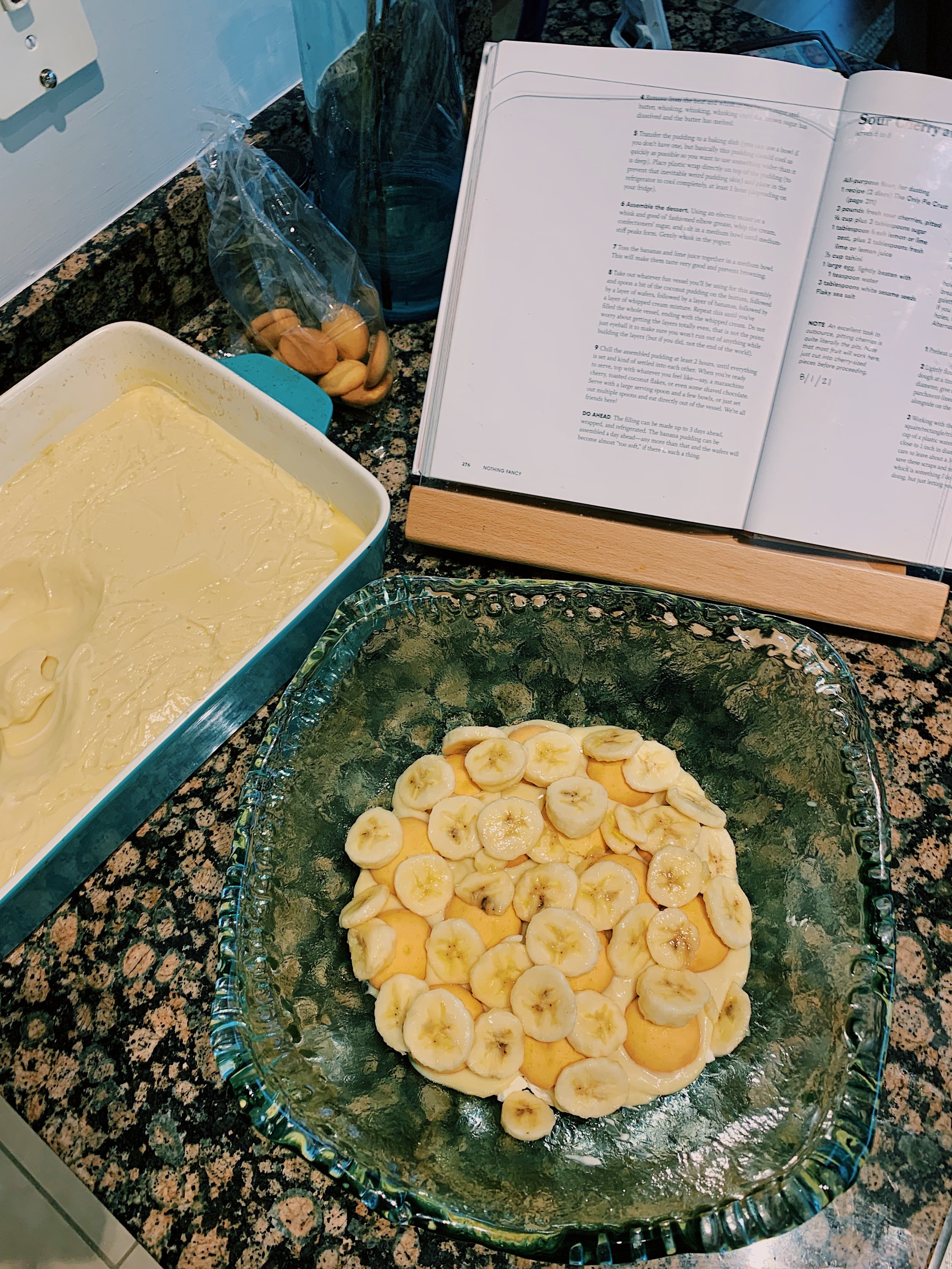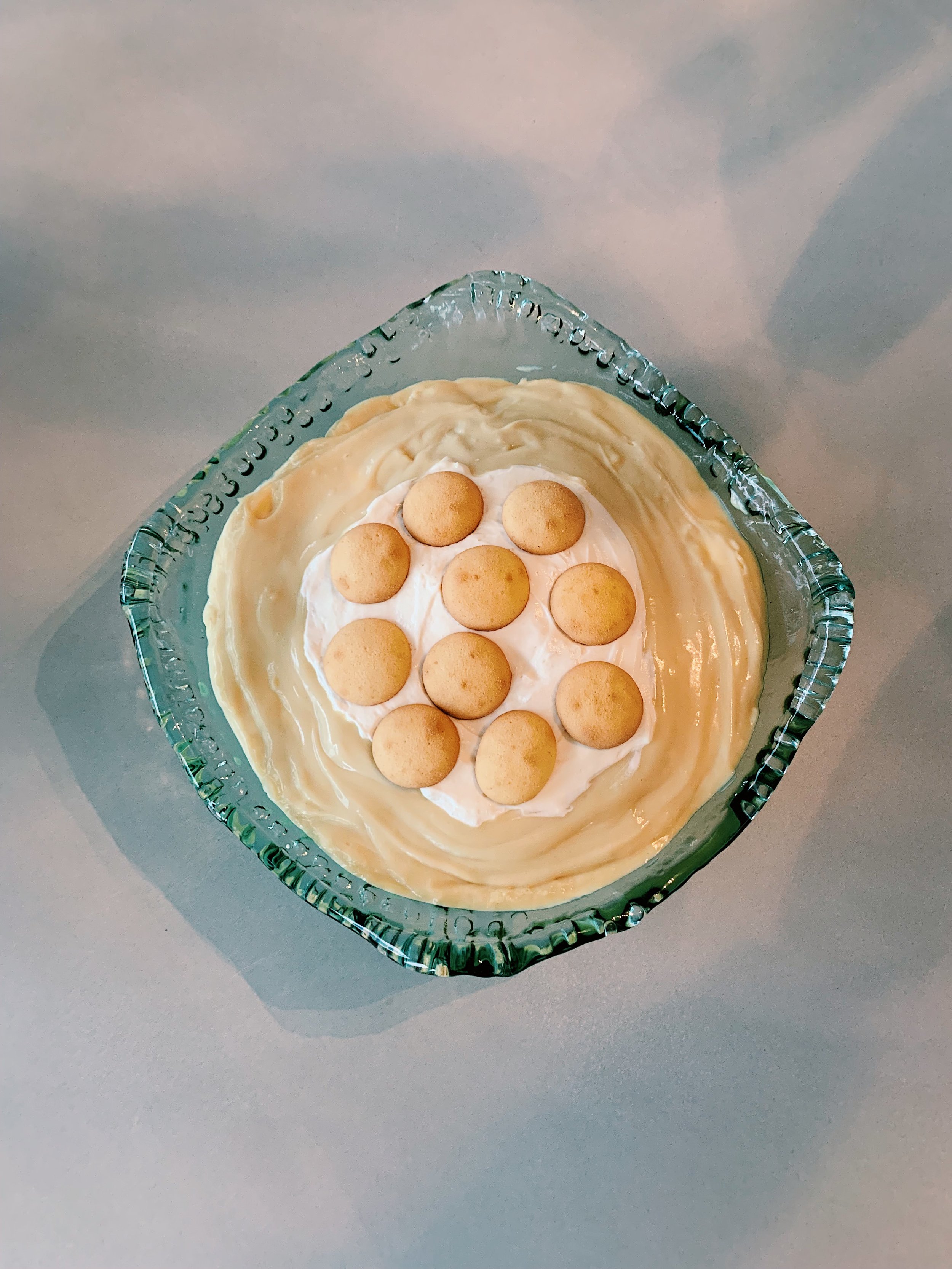Frozen yogurt had its moment in the sun in the late 2000’s-early 2010’s. Everywhere I looked, a new yogurt place opened up, promising to have the best toppings and the best yogurt flavors. As a broke high school student, I confess that I would sometimes ask for a sample cup, fill it up with every flavor one by one, and then *decide* I just wasn’t interested in buying yogurt that day. (Yes, I’m ashamed.) When I did decide to shell out a few dollar bills, I would almost always get the plain flavor topped with mochi squares because they were the lightest topping by weight, and therefore the most affordable. I’m a true Dutch woman at heart.
Just as soon as frozen yogurt started to lose popularity again, and the overly saturated yogurt shop market began to dwindle, I swiftly forgot about my love for frozen yogurt. I hadn’t given it one thought until it was time to make this recipe (my second to last dessert for the project!). By using labne or full-fat Greek yogurt (the only ingredient I could find), Alison creates a frozen yogurt much more akin to Golden Spoon than Yogurtland. My fellow Southern Californians know what I’m talking about. Golden Spoon had a creaminess and thickness much closer to ice cream. It was a true stepping stone between ice cream and frozen yogurt, and I believe it was one of the first shops to start the froyo trend.
Alison takes it a step further in the creaminess direction by adding freshly whipped heavy cream to the yogurt, so it’s almost a yogurt-ice cream hybrid. The cream made this dessert much richer and thicker, which tasted amazing, but I would love to know what it’d be like without so much cream. Next time, I might cut the amount of cream in half and see how it goes. I also think it would have frozen much quicker with less cream. She says it takes 2 to 3 hours to set properly. I think it could have used a fourth hour, but I was honestly too impatient and dug in sooner. The edges had frozen well, but the center was still on the colder, rather than truly frozen side. Perhaps that’s what she’s aiming for, but the instructions are rather vague.
To prepare the dessert, I started by simmering a pint of blackberries with honey until bubbling and starting to break down. This took about 12 minutes before I transferred the juicy fruit to a bowl to cool in the refrigerator. This sped up the cooling process significantly, so it only took 20 minutes for the mixture to cool. Meanwhile, I whipped the cream in my stand mixer and combined it with the yogurt and a big pinch of salt. Then, just barely, I stirred the blackberries into the creamy yogurt before pouring it in a loaf pan covered in saran wrap. Like I said, it could have used another hour to freeze, but I took it out at the 2.5 hour mark and served it up to my parents and Jordan.
Everyone loved it and had seconds. We essentially finished off the entire loaf pan that evening with no regrets. I can’t wait to make this dessert in the summertime. It’ll be just the right thing to serve to guests on our apartment balcony.
209 recipes cooked, 16 to go.



